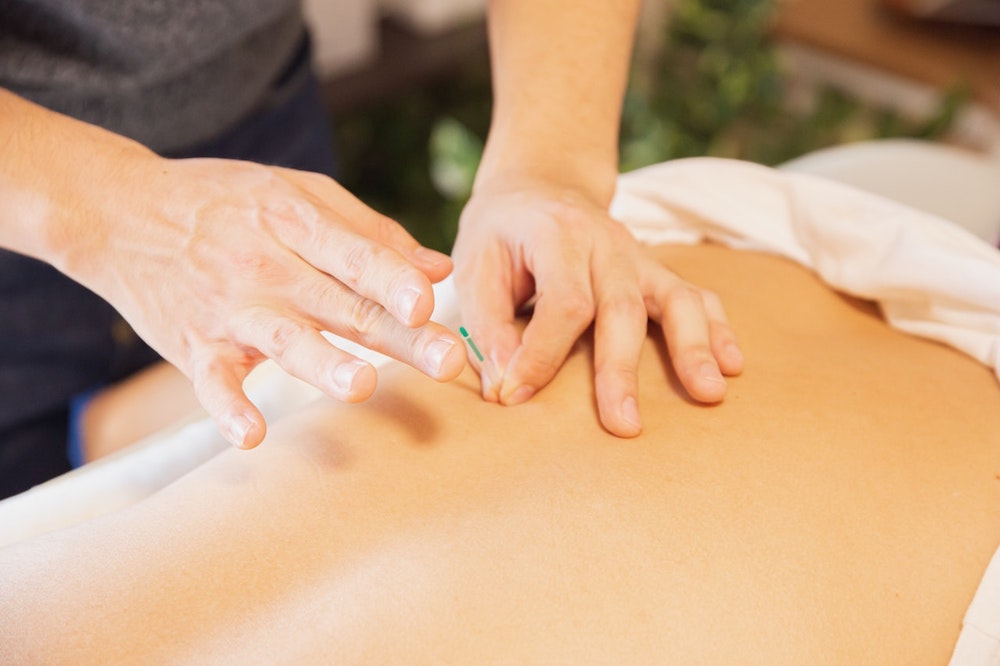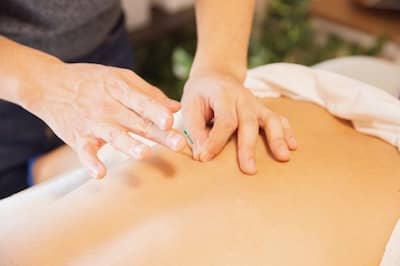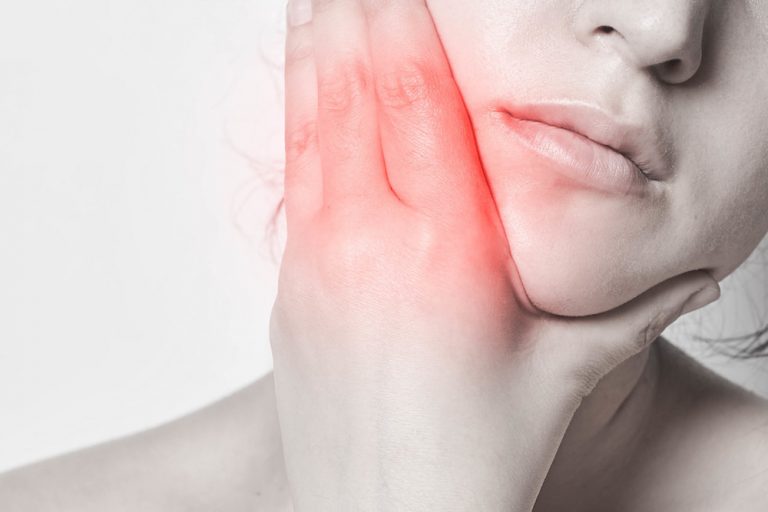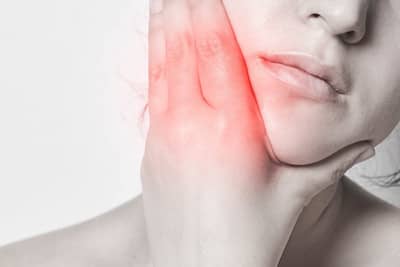Trigger Point Dry Needling | Mimico Medical Physiotherapy


At Mimico Medical our physiotherapists are committed to evidence-based treatments that reduce pain, improve body movement and prevent future injuries. Scientific studies show that dry needling is effective in treating specific injuries – even when more traditional manual therapies have been ineffective.
As part of our efforts to expand access to care in our community, we are proud to offer dry needling to our patients with treatment-resistant injuries and conditions. We offer only one-to-one treatment – your physiotherapist does not leave your side during your session. It’s part of what makes us your best choice for physiotherapy in Etobicoke.
What is trigger point dry needling?
Dry needling is a physical therapy treatment applied to certain types of musculoskeletal conditions and injuries. During the treatment, a trained physiotherapist inserts a thin monofilament through the skin into trigger points in the muscle tissue.
Trigger points are tight bands of muscle fiber that can cause pain and disrupt normal movements. When dry needling is directed at a trigger point, it frees up muscle fiber tightness while increasing blood flow to the area.
Dry needling is an effective treatment for reducing pain and increasing muscle movement and function.
While some patients can find the dry needling process slightly uncomfortable – it is not painful. Our physiotherapists are certified in the safe application of dry needling treatments.
Custom Knee Brace Clinic
What is dry needling used for?
Dry needling is an effective treatment for pain reduction and increased mobility for a number of different conditions and injuries. Some of the most common ailments are:
Dry Needling for Plantar Fasciitis
Plantar fasciitis is a painful condition in which chronic degenerative changes along the plantar fascia – underneath the foot – cause pain where it is attached to the heel bone.
Plantar fasciitis is one of the most frequent causes of heel pain and is particularly common in runners. People who are overweight or shift workers that spend many hours on their feet as are also at risk.
People who suffer from plantar fasciitis will often get a stabbing pain in their heel that is most severe during their first few steps in the morning. Chronic pain continues throughout the day while walking and running. For sufferers of this condition it can be very difficult to treat with a high rate of recurrence.
Dry needling is an effective treatment for the pain associated with plantar fasciitis. In 2014, an Australian study found that dry needling was effective in reducing heel pain over the course of 6 weeks. This was true for both “first step” pain in the morning and lasting pain throughout the day – both types had significant reduction.
In some cases our physical therapists may recommend a few rounds of dry needling followed by shockwave therapy for plantar fasciitis – depending on your needs and comfort level.
Shockwave Therapy
Contact Our Physiotherapy Team Today
Have a question about dry needling and how it can help reduce pain and increase mobility? Get in touch with us via our contact form and we will be happy to answer any questions.
Dry Needling for Tennis Elbow
Tennis elbow – or lateral epicondylitis – is a debilitating injury that can severely affect one’s quality of life. It is caused by chronic degenerative changes where the forearm muscle attaches to the elbow. In other words, the tendons in the elbow that work to bend the wrist have become damaged from overuse. The elbow throbs with pain, and if the condition becomes aggravated the hands begin to weaken – affecting everyday life.
Tennis elbow causes significant pain and distress when attempting simple arm movements. It is an injury that is relatively more difficult to treat, with a high rate of recurrence.
As its name suggests, playing racquet sports can lead to developing tennis elbow. People whose jobs require working with their forearms are also at risk. Painters, plumbers and carpenters are some examples of trades that are at risk for this painful condition.
Dry needling is an effective treatment for tennis elbow. Patients can expect a reduction in pain and increase in functionality of the forearm. A 2017 study in the Journal of International Orthopaedics found that dry needling was more effective than other treatments such as painkillers, bracing and icing.


Dry Needling for TMJ (Temporomandibular Joints)
The temporomandibular joints (TMJ) connect your lower jaw to the skull. Located near the ears, they play a critical role in talking, chewing and swallowing. The TMJ are also among the most complex joints in the body.
Problems with the TMJ usually fall in the category of temporomandibular disorders (TMD). These are painful conditions that prevent the complex arrangement of bones, joints and muscle from working properly.
The most common symptom of TMD is facial pain in the joints (TMJ) and areas around them. Limited function of the jaw and mouth can result from this pain. Clenching and grinding of the teeth can also occur.
TMD can be caused by several factors, including excessive strain on the joints or trauma from injury.
Dry needling is an effective treatment for temporomandibular disorders affecting the TMJ. Patients that receive dry needling treatment can expect a reduction in TMJ resting pain and tenderness, as well as reduced pain while opening the jaw. Improved mobility of the TMJ and lower jaw often results. This means greater ability talking, chewing and swallowing which improves life considerably for sufferers of TMD. Strong evidence for these patient outcomes was found in a 2018 review article in The Sports Medicine and Rehabilitation Journal.
Manual Therapy
Acupuncture
Electrical Dry Needling
One specialized form of dry needling that has shown extra benefits for patients is electrical dry needling. This procedure utilizes a low frequency electrical current to increase blood flow and stimulate smooth muscle fibers. Patients receiving this treatment can expect decreased inflammation at the area of treatment which leads to pain relief.
The addition of an electrical current treats pain by stimulating larger nerve fibers tangential to the smaller nerves that are sending pain signals. The larger nerves receive the stimulation and supersede the smaller nerve fibers so patients no longer feel the pain signals. This is similar to rubbing a sore spot on your arm. You feel the rubbing sensation and not the soreness.
Electrical dry needling has shown strong positive effects for patients suffering from osteoarthritis. The pain relief effects of electric dry needling can be long term, so patients with chronic pain issues from injuries and medical issues can also benefit from the treatment.
Pelvic Floor Physio
Dry Needling vs Acupuncture
When assessing treatment options with our physiotherapists, patients often question the difference between dry needling and acupuncture. After all, both treatments involve penetrating the skin with the goal of managing pain. There are several important differences however.
First, dry needling is a relatively newer treatment. Acupuncture is part of Traditional Chinese Medicine which itself is several thousand years old.
In dry needling, the filament hits tight bands of muscle with the goal of releasing trigger points in the muscle tissue. Unwinding these bands and increasing blood flow to the area leads to pain relief and increased mobility.
Acupuncture needles, on the other hand, do not penetrate as far as the muscle. It is thought that acupuncture triggers the nervous system, causing the body to release endorphins that bring pain relief.
Most important, dry needling and acupuncture treat different injuries and conditions. There is some overlap in conditions, but some are exclusive to either treatment.
At Mimico Medical, we use dry needling to treat plantar fasciitis, tennis elbow, temporomandibular disorder, sciatica and back pain. Acupuncture can treat some of these conditions, in addition to headaches, carpal tunnel syndrome, achilles tendenitis and several more.
Is dry needling covered by OHIP?
Dry needling is not covered by OHIP. Like most other physio treatments, it is covered by many private insurance policies that are offered by employers.
Contact Our Team of Physiotherapists Today
We are accepting new patients for physiotherapy in Etobicoke. Use our online form to sign up today!
At Mimico Medical we are committed to expanding access to care in our community of Etobicoke. We offer a variety of physical therapy services including osteopathic manual therapy and pelvic floor physio. We also have a custom knee brace clinic and specialize in knee braces for arthritis.
